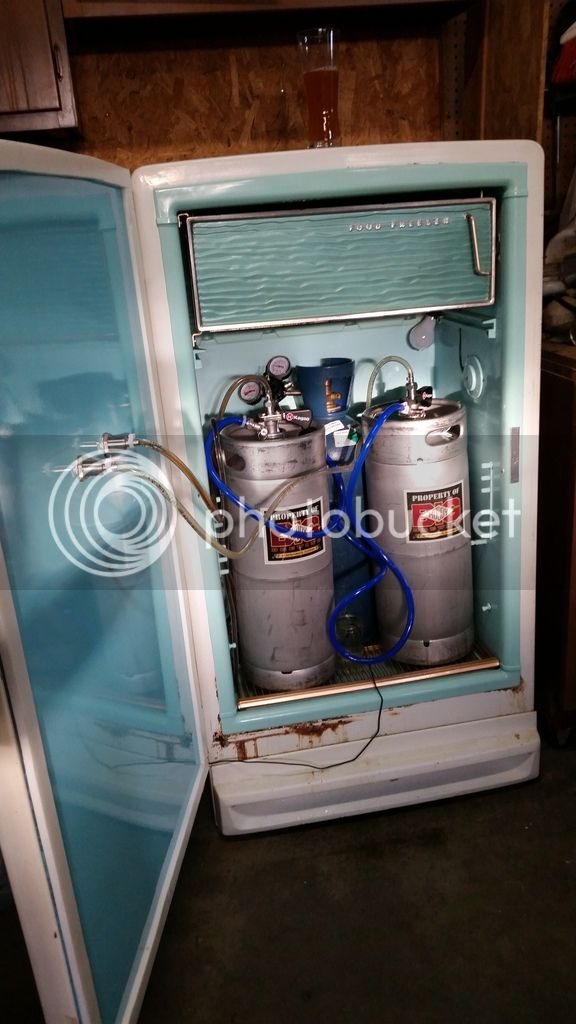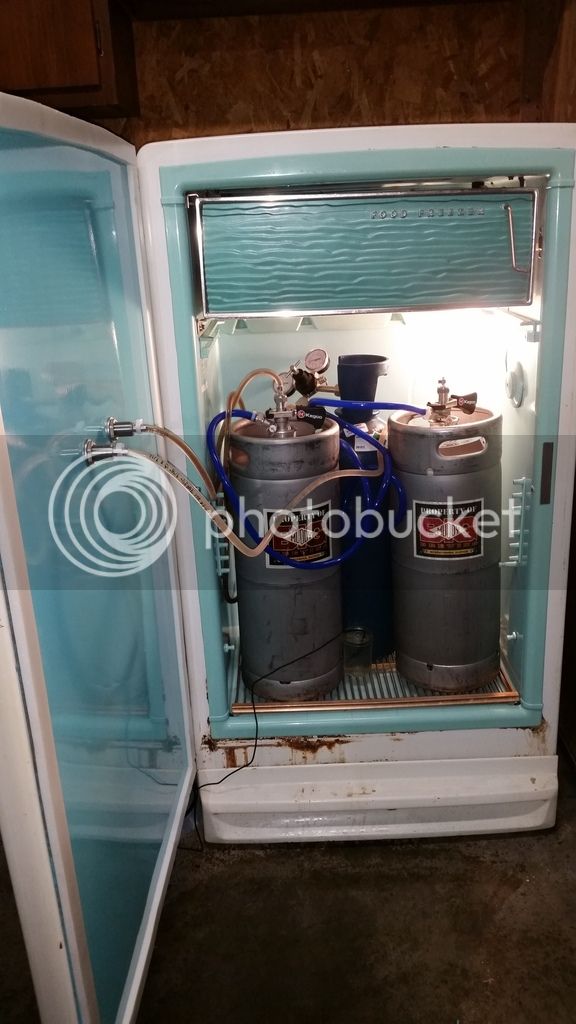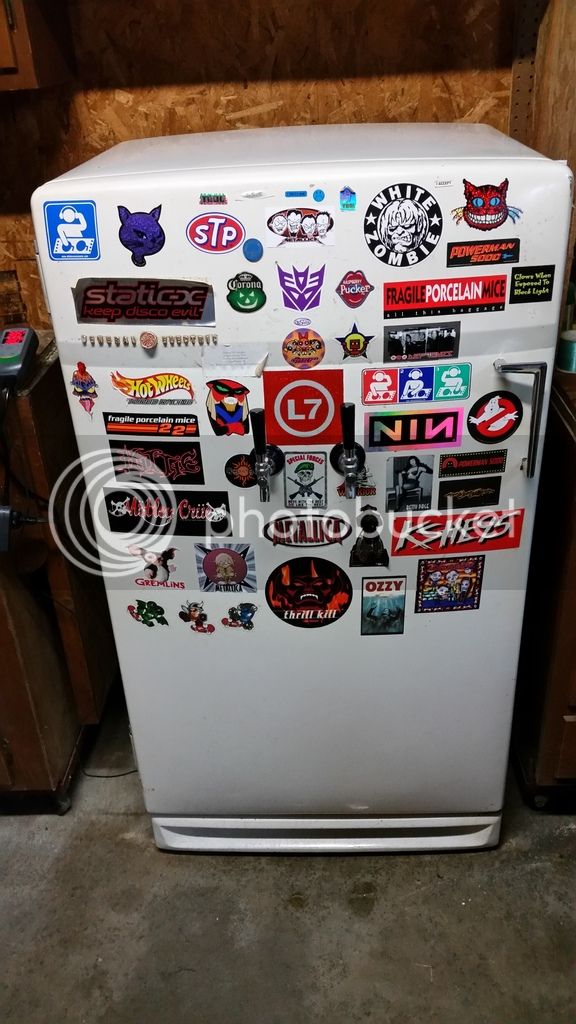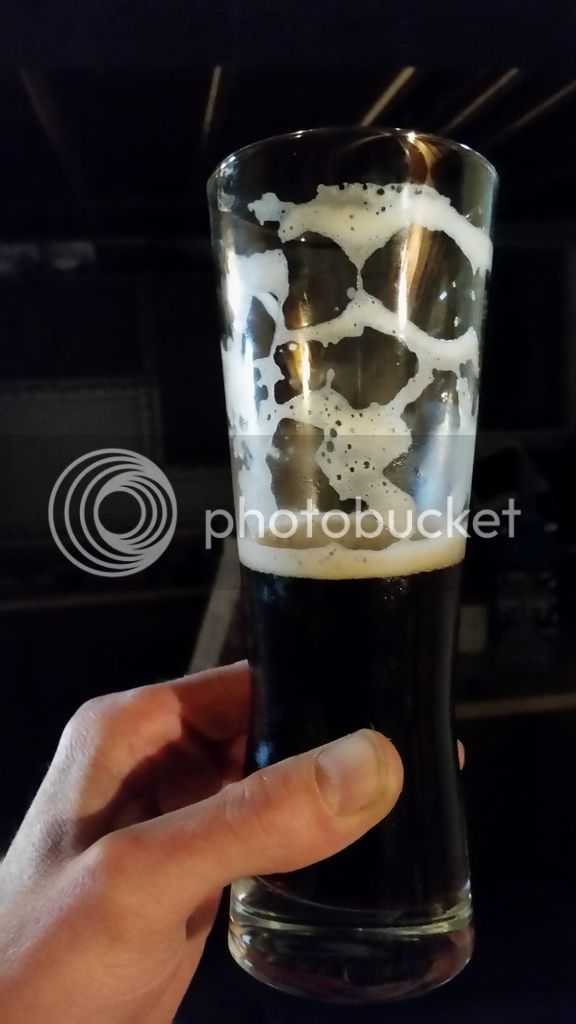First post. I've been lurking this forum for years and lusted over all the cool builds you guys have done.
My girlfriend's cousin is remodeling her basement and asked me if I would like to have her grandmother's old fridge for the price of hauling it up the stairs. I only planned my whole day around it lol.
The fridge runs great and they have plugged and unplugged it several times over the years for parties. I've kept my beer cold in it many times.
It is a General Electric model LB30NB1 with the "1" stamped in. Going by GE's dating site, the first letter of the serial number represents the month, the second letter, the year. The serial of this fridge starts with "YM". Y doesn't match up to any month, but M matches 1955. Most of this style fridge that I have seen had a lazy Susan style rotating shelf system. Some had a foot pedal that rotated the shelves. This one had had basic wire shelving and lower crisper drawers. I'm assuming it was an early "base" model, or a later 1960s model as it has a magnet door instead of a latching system.
The door seal had a huge chunk missing, and the lower metal strip was completely rusted through into dust. The door panel is plastic and has the magnets built in. It has been cracked and repaired many times, and will crack and break if you look at it wrong.
My plan is to replace the door panel with something different and use weather stripping to replace the seal.
I'm posting from my cell phone, so I'll include pictures in my next post.
My girlfriend's cousin is remodeling her basement and asked me if I would like to have her grandmother's old fridge for the price of hauling it up the stairs. I only planned my whole day around it lol.
The fridge runs great and they have plugged and unplugged it several times over the years for parties. I've kept my beer cold in it many times.
It is a General Electric model LB30NB1 with the "1" stamped in. Going by GE's dating site, the first letter of the serial number represents the month, the second letter, the year. The serial of this fridge starts with "YM". Y doesn't match up to any month, but M matches 1955. Most of this style fridge that I have seen had a lazy Susan style rotating shelf system. Some had a foot pedal that rotated the shelves. This one had had basic wire shelving and lower crisper drawers. I'm assuming it was an early "base" model, or a later 1960s model as it has a magnet door instead of a latching system.
The door seal had a huge chunk missing, and the lower metal strip was completely rusted through into dust. The door panel is plastic and has the magnets built in. It has been cracked and repaired many times, and will crack and break if you look at it wrong.
My plan is to replace the door panel with something different and use weather stripping to replace the seal.
I'm posting from my cell phone, so I'll include pictures in my next post.



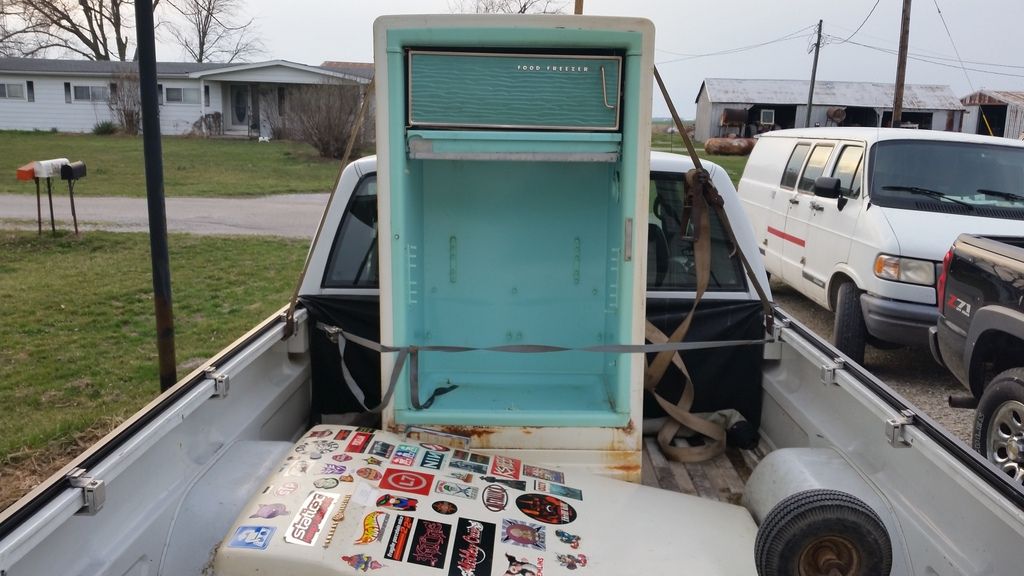










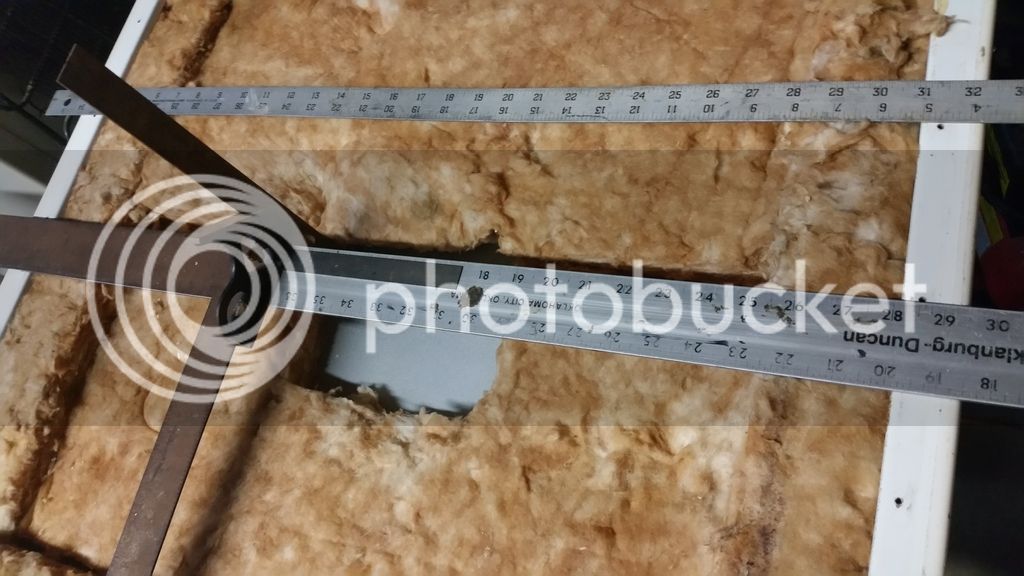
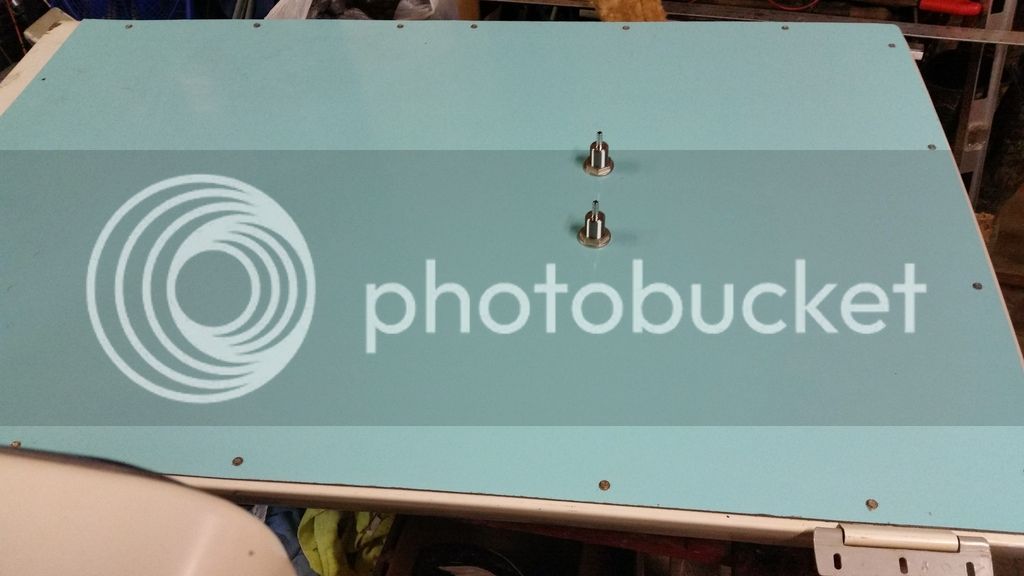
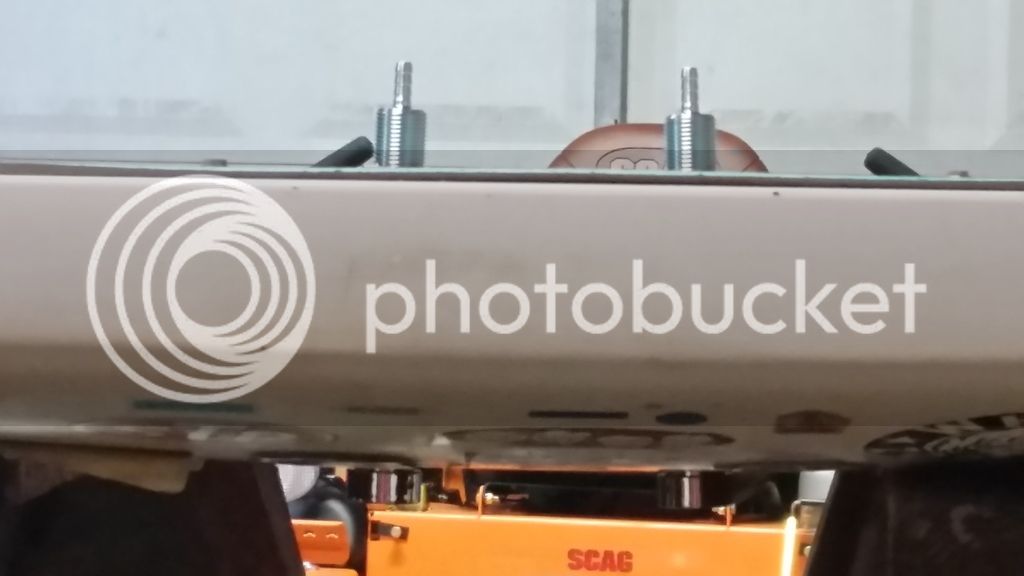
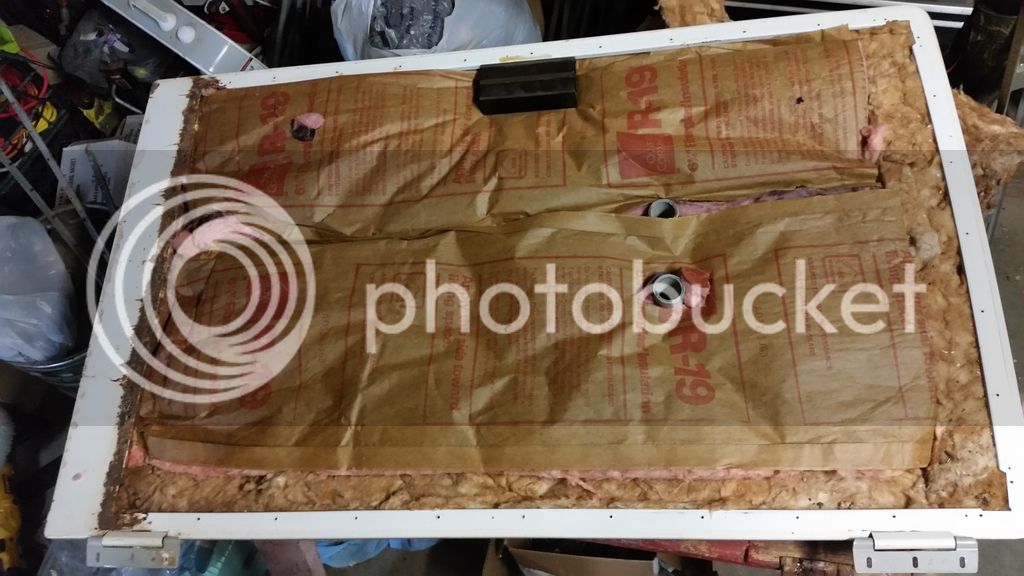
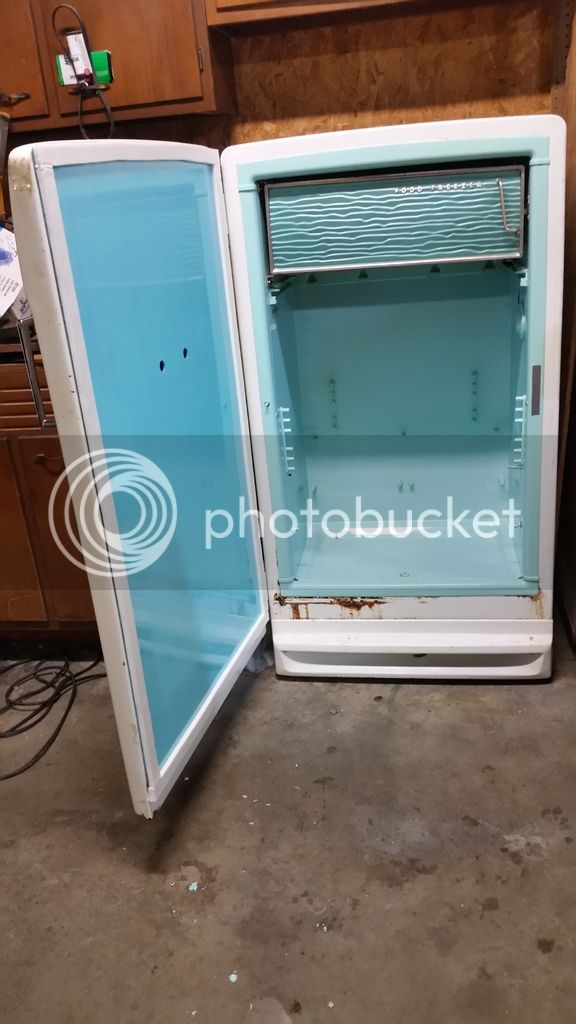
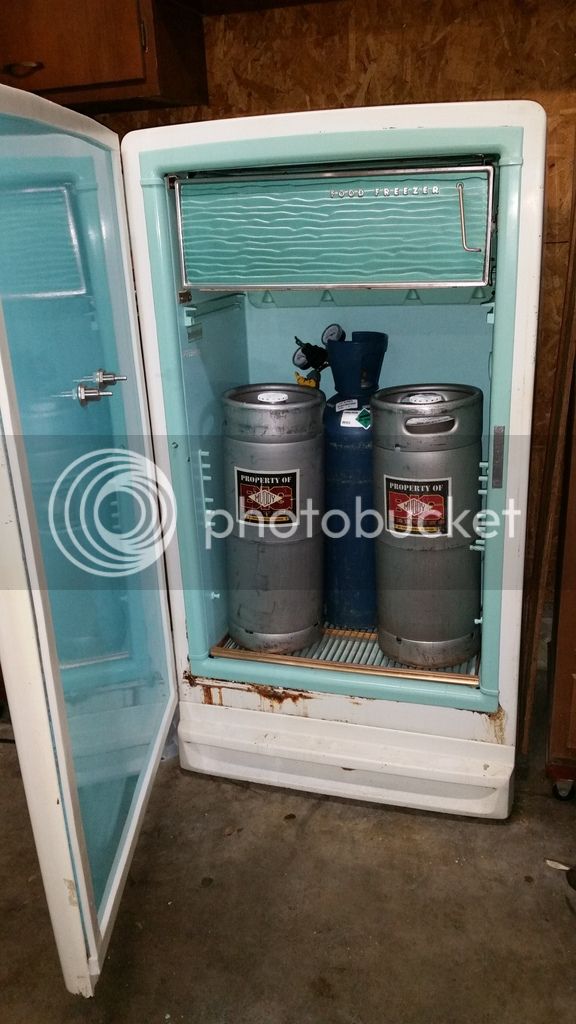
 I used all stainless everything. 5' gas lines and 10' beer lines.
I used all stainless everything. 5' gas lines and 10' beer lines.